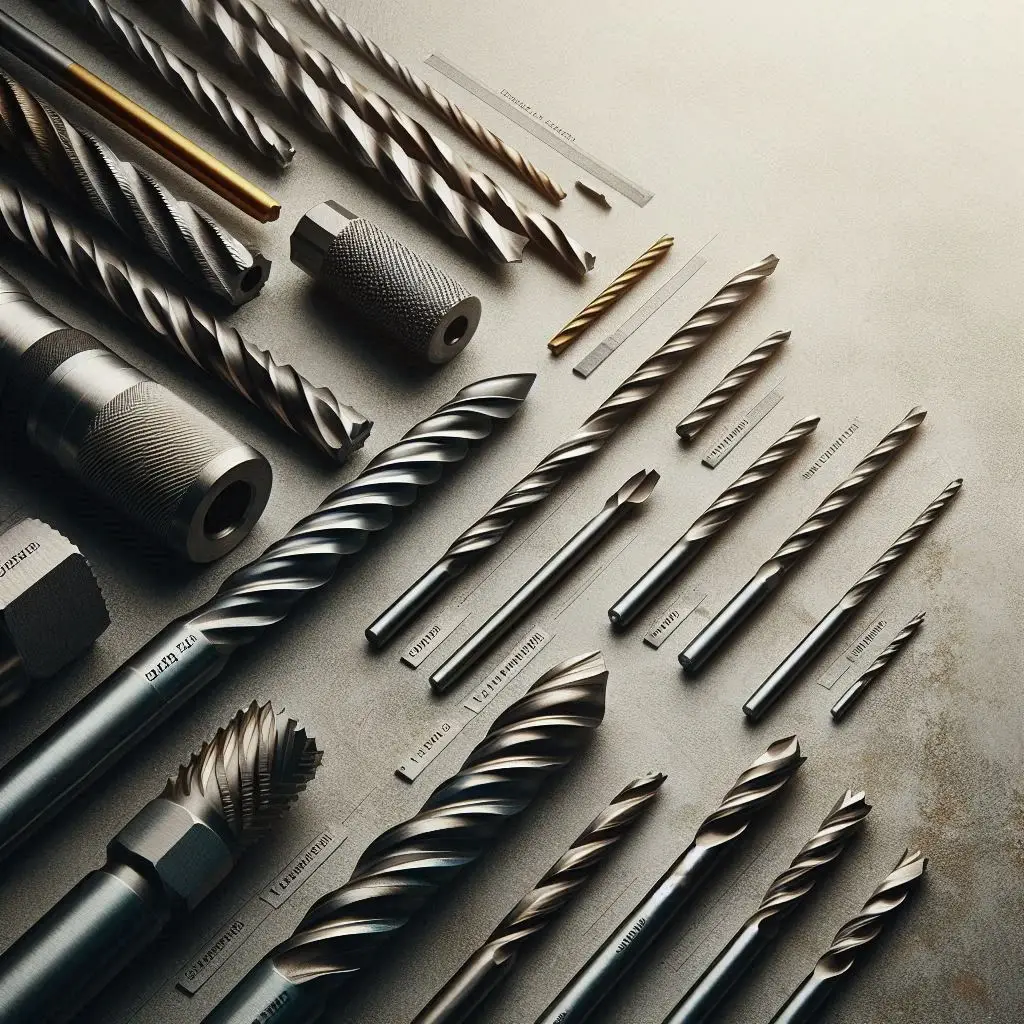
Introduction
The success of many home improvement projects hinges on the details—and that includes using the right drill bits. Whether you’re drilling into wood, metal, or masonry, choosing the correct bit ensures clean, precise holes and protects your tools. This guide breaks down the types of drill bits available and offers tips for selecting and using them effectively.
Types of Drill Bits
1. Twist Drill Bits
Best For:
General-purpose drilling in wood, metal, and plastic.Key Features:
Affordable, widely available in various sizes.Tip:
Use with proper speed settings for different materials.
2. Spade Bits
Best For:
Drilling large holes in wood.Key Features:
Flat design with a pointed tip for precise alignment.Tip:
Ideal for creating openings for wiring or plumbing.
3. Masonry Drill Bits
Best For:
Drilling into brick, concrete, and stone.Key Features:
Carbide-tipped for durability.Tip:
Use a hammer drill mode for best results.
4. Forstner Bits
Best For:
Creating flat-bottomed holes in wood.Key Features:
Smooth edges and clean cuts.Tip:
Excellent for installing hardware or decorative elements.
Key Considerations When Choosing Drill Bits
Material Compatibility:
Ensure the bit is designed for the material you’re working with.Size and Length:
Choose the appropriate diameter and length for your project.Quality:
Invest in high-quality bits to ensure durability and performance.
Maintenance and Safety Tips
Sharpening:
Periodically sharpen bits to maintain performance.Storage:
Keep bits organized and protected to prevent damage.Proper Use:
Use clamps or guides to ensure stability when drilling.
Conclusion
Selecting the right drill bits is a crucial step in achieving successful home improvement outcomes. By understanding the different types and their applications, you can make informed decisions that lead to professional results.
For more DIY tips and tool guides, browse our home improvement resource library.


